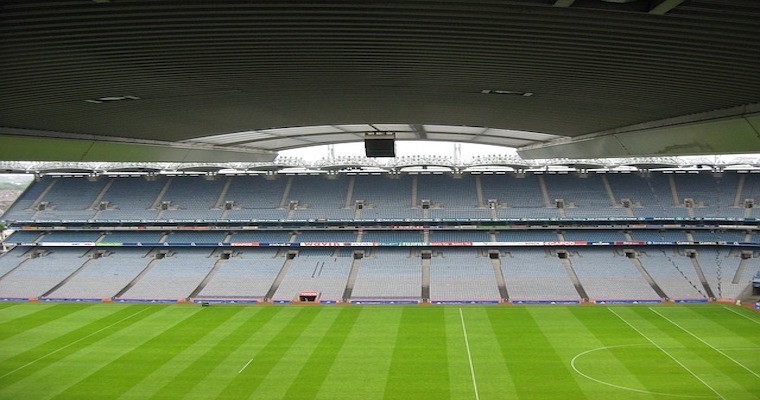
East, west, home’s best. There seems to be much sense in this proverb for the home advantage. The home advantage refers to the consistent finding that home teams in sport competitions win over 50% of the games played under a balanced home and away schedule (Courneya & Carron, 1992). Gathering evidence suggests that athletes and teams perform better at home compared with away. In the Olympics, Clarke (2000) reported that home nations win approximately three times more medals in home Olympics (compared with away). But it is not all good news. In 2012, research published by Desmond McEwan, Kathleen Martin Ginis, and Stephen Bray examined shootouts from 2006 to 2011 in the National Hockey League. They showed a home advantage emerged in loss-imminent situations (i.e., when the shooter has a chance to score or the team loses the game) but a home disadvantage emerged in win-imminent situations (i.e., when the shooter has a chance to win the shootout for the team). This granulated analysis suggests a home advantage does not exist in all situations. Sometimes, athletes might ‘choke under pressure’ of expectations from the home crowd.
Humans have a need for interpersonal attachments – it’s a fundamental characteristic of their motivation. Belonging is a fundamental need, and so humans seek opportunities to meet this psychological need. In Ireland, people meet this need through Gaelic games – hurling and Gaelic football. The home advantage is a robust phenomenon, and a meta-analysis (an analysis of 87 independent samples from other published studies) that included over a quarter of a million games showed that home teams win, on average, 60.4% of the time (Jamieson, 2010). But what happens in Gaelic football?
Lee Rooney and Rodney Kennedy from the University of Ulster at Jordanstown in Northern Ireland investigated the effect of divisional status, season and team ability on home advantage within Gaelic football. Using the 32 Gaelic football county teams in Ireland, they included 1973 matches over a 9-season period. These researchers calculated the home advantage using the number of points gained at home conveyed as a percentage of total points gained (Pollard and Pollard, 2005). These researchers found that the home advantage (57.4%) is present and significantly greater (P < 0.001) than the null value of 50%. This finding compares with other team sports (e.g., basketball, soccer). What the researchers did notice was a decline in the last decade of the home advantage but it remains above the proposed 50%. One of the key issues in the home advantage is team ability and it appears tho have a significant influence (P < 0.05) on home advantage but the season or divisional status did not.
When we try to explore home advantage, we can examine elements such as crowd size, travel and familiarity (e.g., stadium). For example, there is evidence from other sports that crowd size and crowd noise can influence the decision-making of referees (which favours the home team). Also, evidence suggests that performance deteriorates with greater distance travelled to competitions (travel effects), and when home teams move to a new stadium (familiarity effects). Overall, research findings show support for three of the four game location factors (crowd, travel, and familiarity) contributing to the home advantage in sport.
To conclude, there is a home advantage in Gaelic football. As this research continues, we will gain more insight into the details of game location factors such as crowds, travel, rules and familiarity. For now, at least, playing at home might be the edge a Gaelic football inter-county team needs to get their league off to the best start.
Reference
Rooney, K. (2018). Home advantage in Gaelic football: the effect of divisional status, season and team ability. International Journal of Performance Analysis in Sport, 18(6), 917–925. https://doi.org/10.1080/24748668.2018.1528523
Image by jmauremootoo from Pixabay
